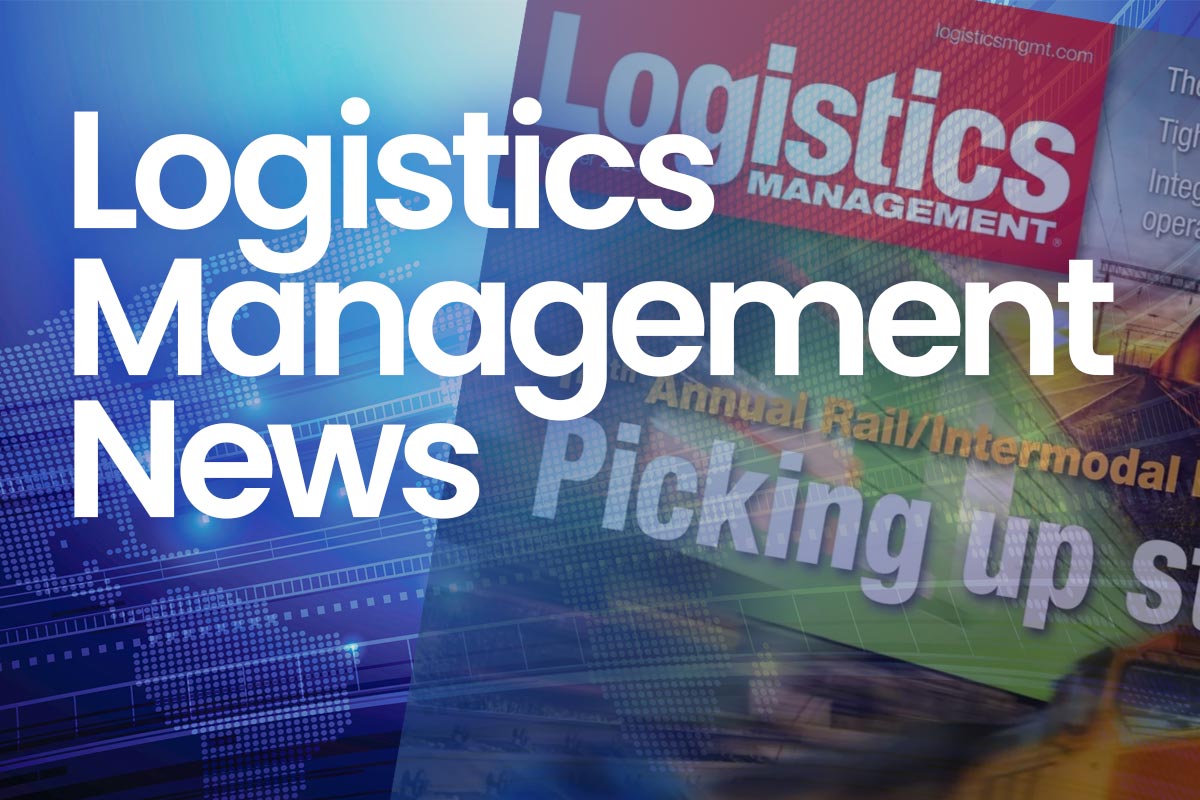United States March rail carload and intermodal volumes saw annual gains, according to the new edition of the “Rail Industry Overview (RIO),” which was recently published by the Washington, D.C.-based Association of American Railroads (AAR).
This free publication is issued monthly by the AAR and provides insights from AAR’s economists, regarding what rail traffic is saying about the current state of the economy, as well as where things may be headed. It also features a Freight Rail Index (FRI), which AAR said “tracks movement across the most economically sensitive rail traffic commodities,” including U.S. carload commodities and intermodal containers and trailers.
AAR Chief Economist Rand Ghayad told LM that the RIO essentially provides a summary of the key findings from the roughly 45 reports AAR produces for various industry stakeholders, with some of those reports geared towards those in the freight rail industry, as well as policy makers, and academics, with data and information coming from what he called a wide range of sources.
“Rail volume or rail traffic data in general is usually seen as a very important and solid indicator of what’s happening in the economy,” he said. “So, if you want to know how is the economy is going to be moving over the next couple of months, one way is actually to look at what’s happening in the rail industry. The whole idea of RIO is to summarize the findings from everything we’re putting out there and connect the dots with what’s happening in the economy. If the industry is doing well, it means the economy is on the right track. If the industry is not doing well, it means there are some concerns about how the economy is proceeding. It’s meant to be very easy to digest. It’s not meant to be very technical. It’s not meant to be only for, rail folks. It’s meant to be for everybody who’s interested to know about the economy, and mostly about how rail drives the economy.”
The March FRI increased 0.7% in March, after a 1.8% February gain. The report observed that these recent gains suggest that, despite pervasive policy-related uncertainties and continued manufacturing weakness, economic fundamentals as reflected in rail volumes remain positive.
March U.S. rail carloads, at 906,253, increased 4.5%, or 39,342 carloads, annually, marking the third annual gain over the past 15 months, with total carloads averaging 226,563, its highest tally in six months, as well as the highest March reading going back to March 2022.
And it added that 12 of the 20 carload categories it tracks saw annual gains, with coal loadings up 11.1% annually and grain up 6.1% annually.
For the first quarter, RIO reported that U.S. rail carloads were basically flat, up 0.1%, or 1,758 carloads, annually. That is the lowest first quarter reading since 1998.
March U.S. intermodal volume increased 8.0%, or 82,151 units, annually.
“March brought positive momentum in several rail categories, particularly intermodal and select carload segments,” the report stated. “However, headwinds remain. Trade policy uncertainty, manufacturing weakness, and softening consumer sentiment could weigh on future demand. Even so, recent trends suggest that underlying demand remains intact—and railroads are positioned to adapt as the economic landscape evolves.”



